Learn Basic Photography
... grow your roots deep!
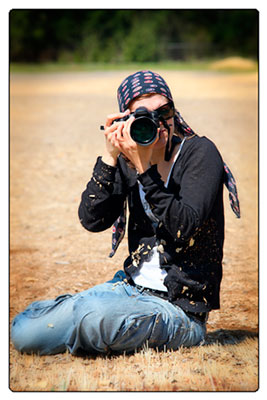
You must learn basic photography. If you want to make successful photographs, that's where it all starts.
As Elon Musk, CEO of Tesla states, you can't skip the fundamentals!
If you're unwilling to invest the time and energy into learning the basics, you're doomed to failure, and at best, you stay mediocre. Who wants to be ho-hum? Not me and not you, I'm guessing.
Whatever you decide to do, you'll do it all they way. You're committed to never-ending improvement (Kaizan).
I can give you the information but you have to do the work to learn basic photography skills... then practice, practice, and practice.

You do know (don't you?)...
... 10,000 hours is the magic number to become a Master at anything. So, start now.
You don't have to be great to start, but you have to start to be great ~Zig Zigler
Okey dokey, you've got your camera in your hands - now what?
Sounds like you need a strategy... a process. Consistency is where it's at so follow my
Photography Workflow, steps 1 to 7.
The Camera
... an important tool of the trade
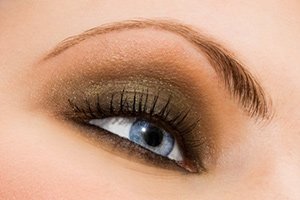
We have the most miraculous "cameras" built right in. Our eyes! This is where the photography begins... with seeing the world in a way the average person doesn't.
Our eyes and our camera lenses both have the same role... to see a scene.
But there's an huge difference in how the camera's sensor and the brain interprets the information.
- Cameras can't capture as wide a range of light that your eyes do. You'll see detail in sky and shadows but your picture will usually 'see' a blank white blob for a sky or solid black shadows.
- Your brain interprets the world in 3 dimensions but you camera can only see the information in 2 dimensions.
- Your camera lens is very creative. You can pull off some magic tricks by changing focal length, depth of field and focus. Your eyes don't have that flexibility.
- Light enters the camera lens and affects the sensor to create an image. With film it's a chemical processes, kind of like your eyes. Light hits the back of the eye and travels through the optic nerve to your brain (lots of chemicals). And, an image is recorded. But the brain takes the process beyond what the camera sensor is capable of.
- A photograph is a permanent record of a moment in time.
- Your brain has the ability to associate feelings, sounds, smells and even memories that you'll associate with that image, perhaps for your entire life. That's true whether the image is a photograph or just an experience stored in your brain.
No matter if your camera is digital or film - learn basic photography theory because it applies to both.
Granted, some cameras have more bells and whistles than others! But if you learn your basic photography skills, you'll be able to handle film or digital, and a simple or more complex camera. And just keep in mind that...

An excellent photographer will make amazing photographs with a simple, inexpensive camera. But an incompetent photographer will always produce mediocre pictures no matter how how much she dropped on her camera equipment.
Emotion makes a photograph great
One of the most powerful photos of the Vietnam War was a child running down the road after being burned with Napalm. This was the photo that played a major role in ending that war.
It was taken by Nick Ut in 1972. Remember when Facebook removed it for nudity just awhile ago? It was very quickly reinstated ... it's an historic photo revealing the atrocities of war.
Okay, so most of us won't stop a war with our photography.
We still need to show emotion in all our images. Most of the time, we plan it out. Sometimes, we get super-lucky and an opportunity explodes right in front of our eyes. If you don't learn basic photography and can't react quickly, you'll let that one slip right by. And, from my own experience, losing that shot is so disappointing.
Photography Composition
One of the best ways to learn photographic composition is to study some of Monet or Van Gogh's pieces. They're treasure troves of ideas.
They applied all of these tools to paint their magnificent canvasses. Use them, and your photos could be works of art, too!
- Fibonacci and the Golden Ratio
- Rule of thirds
- Leading lines
- Curves, S-Curves
- Repeating patterns
- Fill the Frame
- Framing your subject
- Changing perspective
- Simplify - less is best
My advice - start at #1. Spend a few days learning about Fibonacci and his Golden Ratio and then practice and play with it.
Take
lots of photos, get them up on your computer monitor and study them. I'm surprised when what I thought would be my brag-able photo turns out to be so disappointing and I trash it. Don't rely on your camera LCD to give you honest feedback.
Join an online group where you can post your photos so other photographers can comment on them. Use their suggestions to improve your photos and always thank people whether you agree with their comments or not.

Look to the Masters to help you learn basic photography.
- Study the Masters ... lots of them! Pick your favorites and examine their paintings (light, composition, perspective). They aren't called the "Masters" for nothing!
- Check out images on the internet or in magazines to see how other photographers use composition rules.
- Keep copies of photos
you really like. See if you can explain why they make you feel happy or sad... or angry. A great photo brings out strong emotions but they don't have to be positive feelings.
What do you do with your images? I hope you don't just store them up there in the cloud!
- Share your photos - Facebook, Flickr - show them off to your friends!
- Or, get a book made up of your best images. The first book I made was for my family for Christmas and several years later... I still love it!
- Adobe Lightroom has a module that builds photo books and PDFs? So cool and so easy. And it even sends your book to be printed, like magic, with the click of the mouse.
- Make a family calendar with your best images.
Exposure
... getting the right combination
I shutter to think how many people are underexposed and
lacking depth in this field.- Rick Steves
If you don't know who Rick Steves is, he's in the travel business. Started out guiding tourists through Europe in a Volkswagen bus! He's well beyond that now! You'll find him on public TV and in book stores. I've gone on many of his company's European tours...
I loved every moment of them... and his sense of humour!
Exposure is how much light falls on the film or the digital sensor. Just like Goldilocks and the three bears, it has to be "just right"!
Most of the time, your camera's light meter is pretty well on target. It's pretty smart about how much light is right. But "how much" is only a small part of correct exposure for the photo you want.
You have to know how to
"take over the reins" because in some scenes the light
can fool your meter. If you want to get
creative, don't leave your exposure on auto.
These are the 3 components of the Exposure Triangle, and they work in sync to give you the amount of light you need on your film or your sensor.
- F-stop or Aperture: Your aperture controls whether your background is in focus or blurred.
- ISO: Remember buying film by its ISO? The ISO tells us how sensitive the sensor -or film- is to the light in your scene. You need to know when to change your ISO setting and why!
And when you learn basic photography, there's one VIC (very important concept) to understand that will help you get the best exposure for your photograph:
Hint - Always have a notebook with you, even after you've put in the work to learn basic photography skills. If you're working on shutter speed, write down the number of the frame and your shutter speed. Why did you choose that speed?
Did your picture turn out the way you thought it would?
Write down your thoughts about your photos in your journal... If you have a photo editing program that shows you the metadata from your digital photos, then it's easy to see the shutter speed, ISO and f-stop. If you don't, writing them down is a good learning tool.
You won't get the metadata if you're shooting film (and some photographers still love film) so keep strict records of every photo.
Digital Camera Modes
... Weaning off auto
What are all these different camera modes? They're a bit confusing, especially when you first learn basic photography principles.
Want your camera to run the whole show? Dial AUTO. But you want you to get beyond that!
Get out your camera and dust off your manual. Let's look at the different camera modes and why you'd choose one over another...
Auto mode
Program mode
Shutter priority
Aperture priority
Manual
Surprise... Professional photographers don't always shoot on Manual.
When you learn basic photography you'll know what camera mode to use and how to switch quickly between them.
Learn about the Semi-Auto Camera Modes here and download a summary PDF.
Learn Basic Photography
... Mastering the foundations of your craft
Commit to learn basic photography because you can't skip the essentials. Start with one topic and master it. Exposure is the most critical concept to master and put into practice. A good place to start. And, yes...practice a lot!
And, carry your camera manual with you. I know how boring manuals are. But how can you master your camera if you know nothing about it?
Start to learn basic photography composition with the Golden Ratio. Work your way down the list. Move on to the next only when you've completely got it.
Last, but definitely not least, get to know your camera like the back of your hand so you never miss that serendipitous shot.
And develop a Photography Workflow. You'll find mine here. It'll surprise you how much a consistent workflow will improve your photography.
Please leave a comment below on what you've learned or any topic you want to know about. And if you enjoyed this page, it would be super if you'd "like" it.
All this helps me know how to create even more great content for you.
If you liked this page, you'll also like these...
Flower Photography Home › Learn Basic Photography
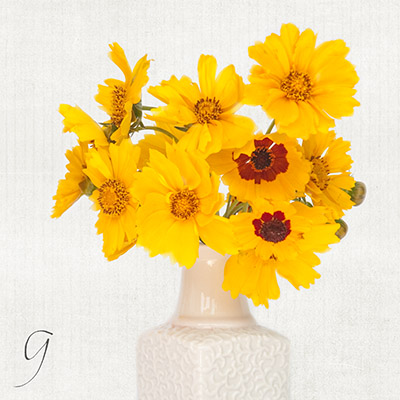
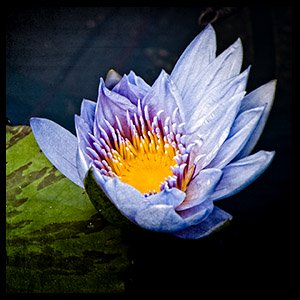
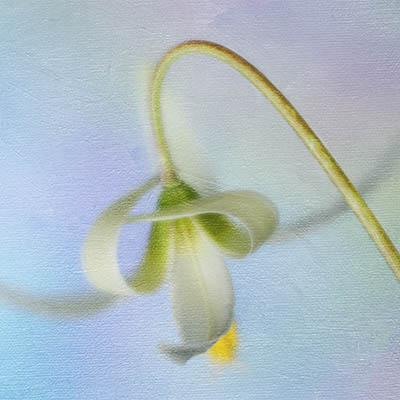




New! Comments
Please leave me a comment in the box below.I'd love to hear your stories, share your photos and read your comments about this page.